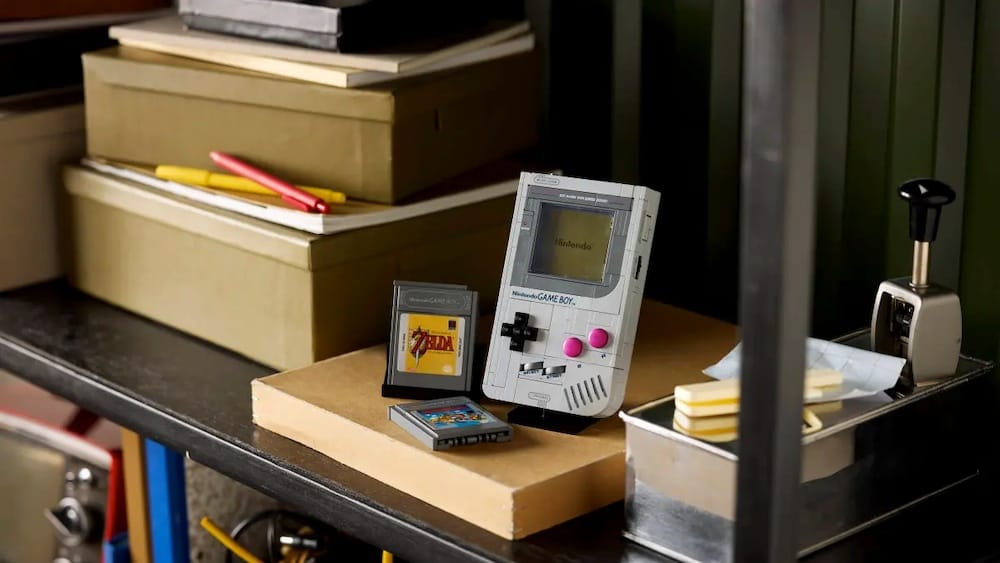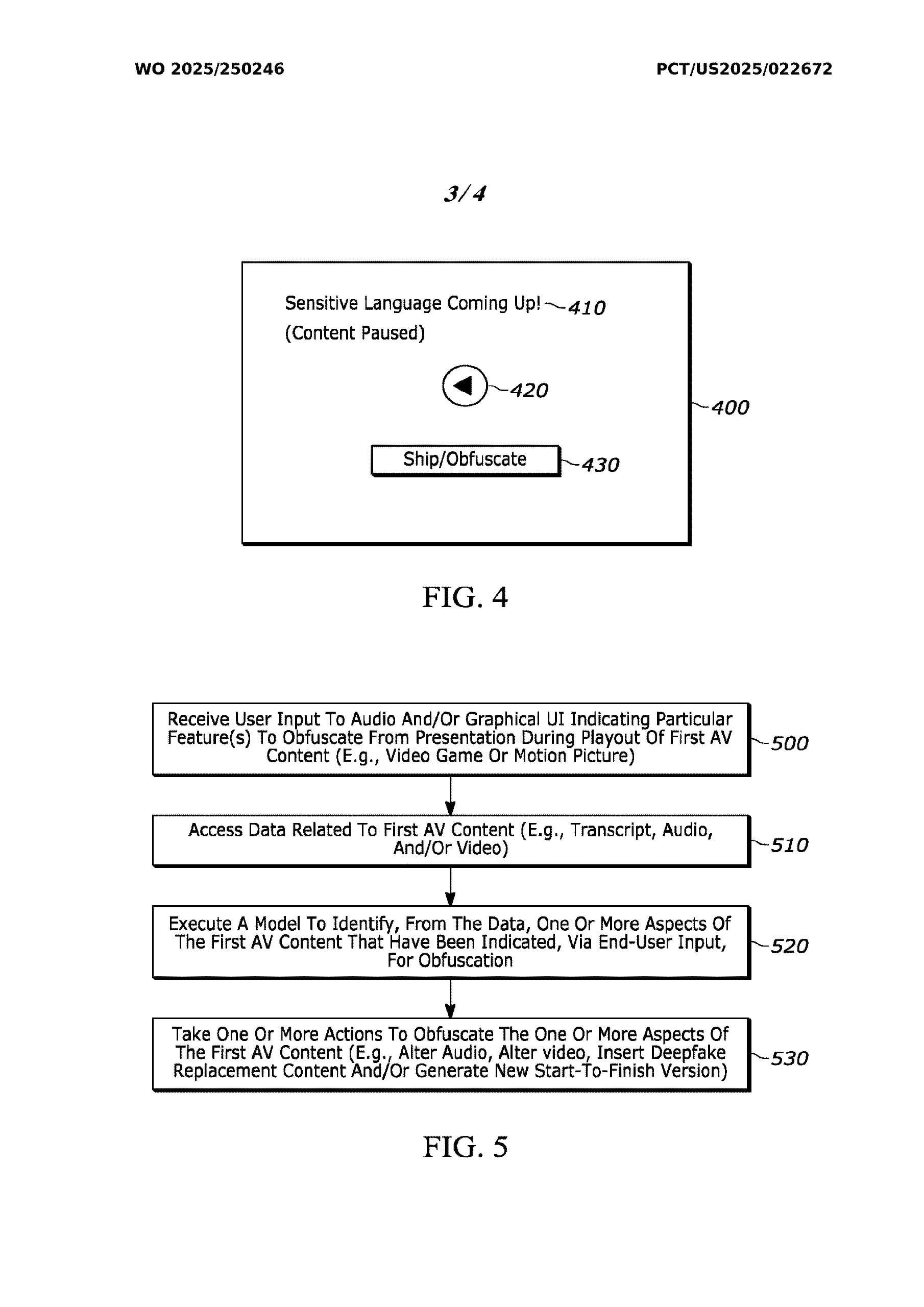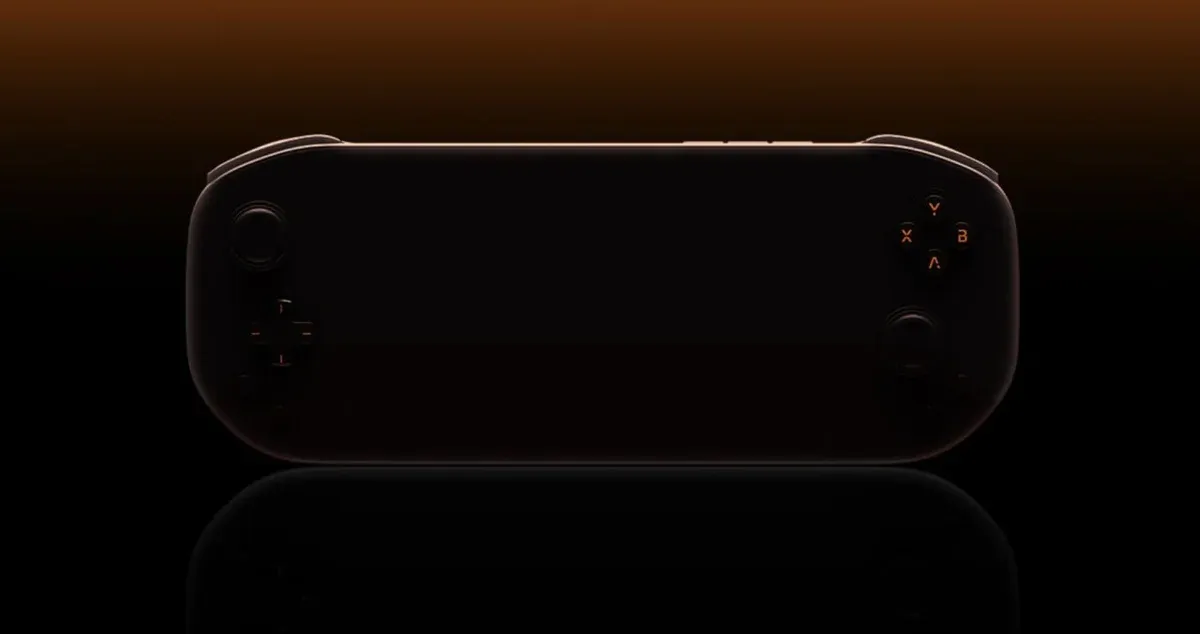Lego Designer Built 421-Piece Game Boy After Many Prototypes
The Lego Game Boy's design process involved countless prototypes and special brick development. Senior designer Carl Merriam reveals how they replicated the original's tactile feel

The Lego Game Boy design process involved meticulous attention to detail and creative problem-solving, according to senior designer Carl Merriam.
This 421-piece replica of Nintendo's iconic 1989 handheld has captured the hearts of retro gaming enthusiasts with its authentic recreation of the original device's form and function. Meanwhile, the set maintains that distinctive Lego charm through visible studs and clever brick usage.

Merriam revealed that the development journey began with multiple prototypes using existing Lego bricks before special elements were created. "We built many, many, many more versions of the Lego Game Boy," he explained to GameSpot. "Eventually we found combinations of pieces that looked like the reference, are stable when built and most importantly are fun to put together."
The design team developed several unique pieces specifically for this set, including a special 4x4 curved brick for the speaker corner and a 6x8 tile for the back plate. Furthermore, they incorporated creative solutions using existing components - the start and select buttons are actually tyres from 1969, while the A and B buttons utilise minifigure hats.
Nintendo's involvement proved crucial throughout the design process. The Japanese gaming giant provided hardware reference images and collaborated on Easter eggs, including selecting which game screens to recreate from Super Mario Land and The Legend of Zelda: Link's Awakening. Consequently, the final product features swappable lenticular screens that beautifully capture moments from both classic titles.
Merriam emphasised the importance of replicating not just the appearance but the tactile experience of the original Game Boy. "I started to focus on each of the controls, the buttons, dials and power switch - testing different versions of the build to find the closest simulation of the sensation of holding a real Game Boy," he noted. The visible studs on the D-pad were intentionally retained to maintain Lego's visual identity while preserving the directional pad's functionality.
The power switch mechanism emerged as Merriam's proudest achievement. "Getting that power switch to slide and click like the real one... that is my favourite feature," he revealed. However, the biggest challenge involved matching the Game Boy's unconventional dimensions within Lego's modular system. The solution required creative engineering to centre the screen within the 11-stud wide by 18-stud long by 3.6-stud deep form factor.
Priced at $60 (approx. £48 / €56, based on current exchange rates; check local retailers for exact pricing), the Lego Game Boy represents one of the more affordable adult-focused sets. Released on 1st October, it's available through Lego Stores and major retailers including Amazon, Walmart, and Target. This marks the eighth officially licensed Nintendo building set for adults and follows May's 1,972-piece Mario Kart display model.
For retro gaming collectors, this meticulously crafted replica demonstrates how traditional toy-making can beautifully intersect with gaming nostalgia. The attention to historical accuracy combined with innovative brick usage creates a display piece that honours both Lego's building philosophy and Nintendo's gaming legacy.




